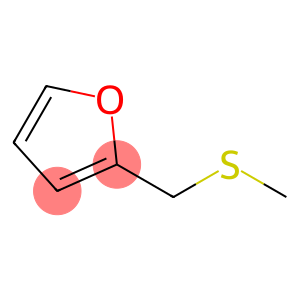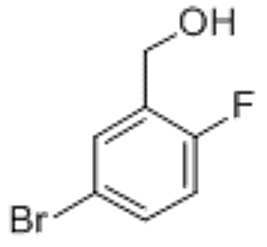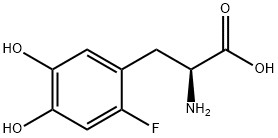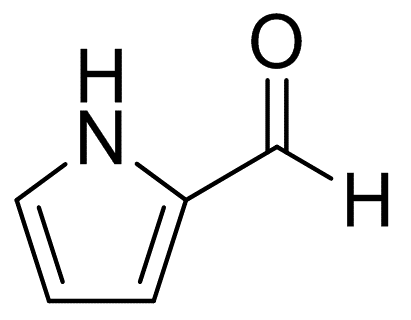4-Methyl-2-nitroaniline(CAS#89-62-3)
| Risk Codes | R23/24/25 – Toxic by inhalation, in contact with skin and if swallowed. R33 – Danger of cumulative effects R51/53 – Toxic to aquatic organisms, may cause long-term adverse effects in the aquatic environment. |
| Safety Description | S28 – After contact with skin, wash immediately with plenty of soap-suds. S36/37 – Wear suitable protective clothing and gloves. S45 – In case of accident or if you feel unwell, seek medical advice immediately (show the label whenever possible.) S61 – Avoid release to the environment. Refer to special instructions / safety data sheets. |
| UN IDs | UN 2660 6.1/PG 3 |
| WGK Germany | 3 |
| RTECS | XU8227250 |
| TSCA | Yes |
| HS Code | 29214300 |
| Hazard Note | Irritant |
| Hazard Class | 6.1 |
| Packing Group | III |
| Toxicity | LD50 intraperitoneal in mouse: > 500mg/kg |
Introduction
4-Methyl-2-nitroaniline, also known as methyl yellow, is an organic compound. The following is an introduction to its properties, uses, manufacturing methods and safety information:
Quality:
- Appearance: Methyl yellow is yellow crystals or crystalline powder.
- Solubility: Methyl yellow is almost insoluble in water, but soluble in many organic solvents such as alcohols, ethers, and benzene.
Use:
- Chemical intermediates: Methyl yellow is often used as an important intermediate in the synthesis of dyes, pigments, fluorescents and organic optoelectronic materials.
- Biomarkers: Methyl yellow can be used as a fluorescent labeler for cells and biomolecules, which is used in biological experiments and medical fields.
- Enamel and ceramic pigments: Methyl yellow can also be used as a colorant for enamels and ceramics.
Method:
- Methyl yellow is prepared in a variety of ways, and one of the common methods is to synthesize it by methylation of nitroaniline. This can be obtained by the reaction of methanol and thionyl chloride in the presence of an acid catalyst.
Safety Information:
- Methyl yellow is a toxic compound that is irritating and potentially harmful to humans and the environment.
- Personal protective equipment such as protective gloves, glasses and gowns are required when operating.
- Avoid inhalation, contact with skin and eyes, avoid ingestion, and use appropriate ventilation if necessary.
- When storing and handling methyl yellow, follow relevant safety operating procedures and regulations.








